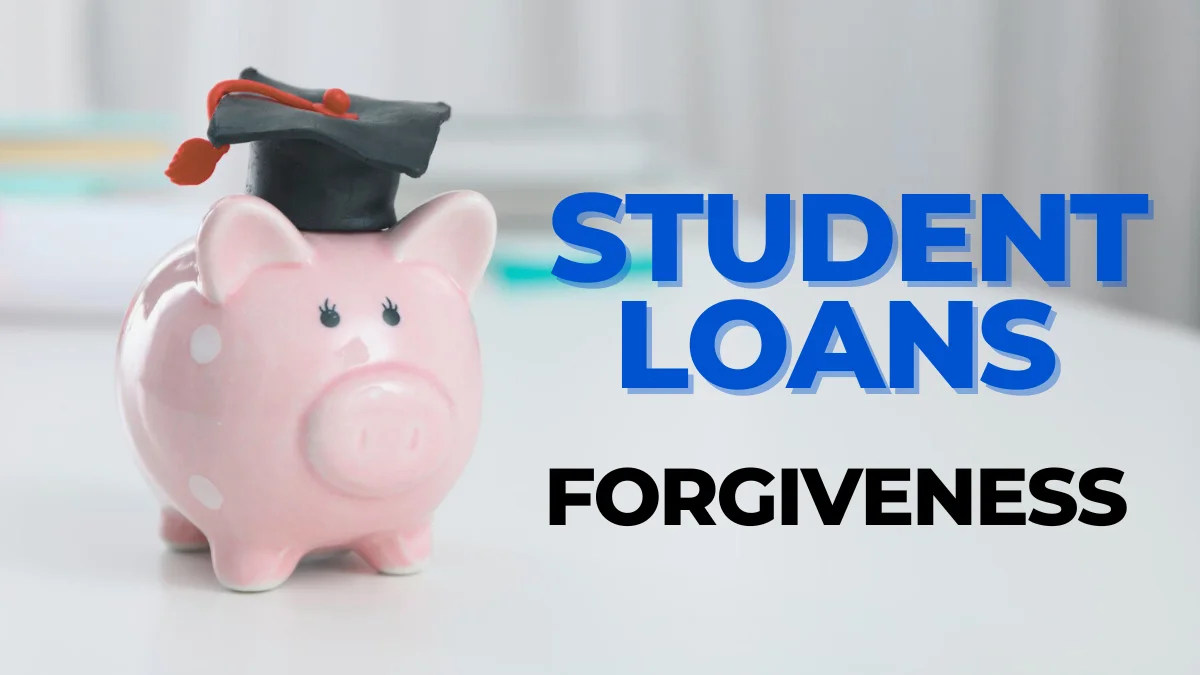Federal Student Loans: A Comprehensive Guide to Managing Student Debt
Federal student loans are a lifeline for millions of students pursuing higher education, offering manageable interest rates and flexible repayment options. In this article, we’ll explore what federal student loans are, how they work, and ways to optimize repayment, including forgiveness options.
What Are Federal Student Loans?
Benefits of Federal Loans
Federal student loans are funds provided by the U.S. government to help students afford post-secondary education. Unlike private loans, federal loans come with low interest rates, flexible repayment terms, and various borrower protections. These loans are intended to make education accessible and reduce financial barriers.
Types of Federal Student Loans
Subsidized vs. Unsubsidized
Subsidized Loans: Available to undergraduate students with financial need, the government pays the interest while the student is in school or in deferment.
Unsubsidized Loans: Loans offered to undergraduate, graduate, and professional students regardless of financial need, borrowers are responsible for the interest at all times.
PLUS Loans: Designed for graduate students and parents of dependent undergraduates, these loans cover remaining educational expenses not met by other financial aid.
Perkins Loans: Although discontinued in 2017, these were need-based loans for students with exceptional financial hardship.
Eligibility for Federal Loans
Income and Academic Requirements
To qualify for federal student loans, you must meet basic criteria such as U.S. citizenship, a valid Social Security number, and enrollment in an eligible educational program. Additionally, you must complete the Free Application for Federal Student Aid (FAFSA) to determine your financial need.
How to Apply for Federal Student Loans
The Role of FAFSA
Step 1: Complete the FAFSA form online or via the mobile app.
Step 2: Review your Student Aid Report (SAR) for errors.
Step 3: Accept the loans offered in your financial aid package.
Step 4: Complete loan counseling and sign a Master Promissory Note (MPN).
Repayment Options for Federal Loans
Standard, Extended, and Income-Based Plans
Borrowers have several repayment options tailored to different financial situations:
-
- Standard Repayment Plan: Fixed payments over ten years.
-
- Graduated Repayment Plan: Lower initial payments that increase every two years.
-
- Income-Driven Plans (IDR): Payments based on income and family size, with forgiveness after 20-25 years.
Federal Student Loan Forgiveness Programs
Public Service Loan Forgiveness
Borrowers working in qualifying public service jobs may benefit from the Public Service Loan Forgiveness (PSLF) program. Other options include forgiveness for teachers or borrowers under income-driven repayment plans.
Federal Loans vs. Private Loans
Key Differences
Federal loans offer protections such as deferment, forbearance, and forgiveness options, unlike private loans, which typically lack these benefits. Additionally, federal loans have fixed interest rates, while private loans often come with variable rates.
Tips for Managing Federal Student Loans
Budgeting and Loan Servicing
Managing federal student loans effectively requires planning and awareness of available resources. Here are some actionable tips to stay on top of your student debt:
-
- Create a Budget: Understanding your monthly income and expenses ensures you can allocate funds for loan payments.
-
- Track Deadlines: Always make payments on time to avoid penalties or default. Set reminders or enable auto-pay to simplify this process.
-
- Explore Forgiveness Opportunities: Research if your job or career path qualifies for forgiveness programs like PSLF or Teacher Loan Forgiveness.
-
- Communicate with Loan Servicers: If financial difficulties arise, contact your loan servicer immediately to discuss deferment, forbearance, or alternative repayment plans.
-
- Pay More Than the Minimum: Extra payments can reduce principal balances and interest over time, helping you pay off loans faster.
Impact of Federal Loans on Credit Scores
Building Credit Responsibly
Federal student loans can positively or negatively affect your credit score, depending on how they are managed.
-
- Positive Impact: Consistent, on-time payments build a solid credit history, demonstrating financial responsibility.
-
- Negative Impact: Missing payments or defaulting can significantly harm your credit score, limiting future borrowing options.
To maintain good credit, monitor your loan accounts regularly and address any discrepancies or issues promptly.
Changes to Federal Loan Policies
Recent Legislative Updates
Recent changes to federal loan policies often reflect legislative updates or economic conditions. For instance:
-
- Temporary COVID-19 Relief Measures: During the pandemic, borrowers benefited from paused payments and 0% interest on federal loans.
-
- Revised Forgiveness Programs: Expanded eligibility and improved processing times for programs like PSLF have made it easier for borrowers to qualify.
Stay informed about policy updates by subscribing to newsletters from the Department of Education or your loan servicer.
Common Myths About Federal Loans
Debunking Misconceptions
There are several misconceptions about federal student loans that can lead to confusion:
-
- “All federal loans are forgiven after 10 years.” Only loans under specific forgiveness programs like PSLF qualify, and strict requirements must be met.
-
- “You can’t pay off federal loans early.” Early repayment is allowed and incurs no penalties.
-
- “Private loans are always cheaper than federal loans.” Federal loans often have more favorable terms, especially for borrowers with less-than-stellar credit.
Clarifying these myths ensures borrowers make informed decisions.
Federal Student Loans: The Key to Education Access
Federal student loans remain a vital resource for students across the U.S. By providing financial support, these loans empower individuals to pursue degrees that may otherwise be out of reach. In many cases, federal loans are the bridge to achieving personal and professional aspirations.
The flexibility, borrower protections, and repayment options make federal loans a better choice than private alternatives for most students. Understanding how to manage them wisely can ease financial stress and pave the way for long-term success.
Conclusion
Federal student loans offer an essential pathway to higher education for millions. With various repayment options, protections, and forgiveness opportunities, borrowers can navigate their debt responsibly. By understanding the terms and benefits of these loans, students can make informed decisions and achieve their educational goals.
FAQs
-
What is the interest rate for federal student loans?
The interest rate varies annually based on the type of loan and borrower status. Rates are fixed for the life of the loan.
-
How do I qualify for loan forgiveness?
Eligibility for loan forgiveness depends on your career, repayment plan, and compliance with program requirements.
-
What happens if I default on a federal loan?
Defaulting can lead to wage garnishment, tax refund offsets, and damaged credit. Rehabilitation programs are available to resolve default status.
-
Can I consolidate federal student loans?
Yes, loan consolidation simplifies multiple loans into one payment, potentially lowering your monthly payment.
-
How does income-driven repayment work?
Income-driven plans calculate payments based on income and family size, capping payments at a percentage of discretionary income.
-
Are there penalties for early repayment?
No, federal loans do not have prepayment penalties, allowing borrowers to pay off loans faster without additional costs.
-
Can I switch repayment plans after choosing one?
Yes, borrowers can switch to a different repayment plan at any time to better align with their financial circumstances.
-
What is the grace period for federal student loans?
Most federal loans have a six-month grace period after graduation, leaving school, or dropping below half-time enrollment before repayment begins.
-
Is there an income threshold for income-driven repayment plans?
No specific income threshold exists, but lower-income borrowers benefit most from these plans, as their payments are capped at a percentage of discretionary income.
-
Do federal loans cover all college expenses?
Federal loans may not cover the full cost of attendance. Borrowers may need to supplement with savings, scholarships, or private loans.
-
What’s the difference between deferment and forbearance?
Deferment temporarily pauses payments and may stop interest accrual for subsidized loans. Forbearance also pauses payments but typically does not stop interest accrual.



